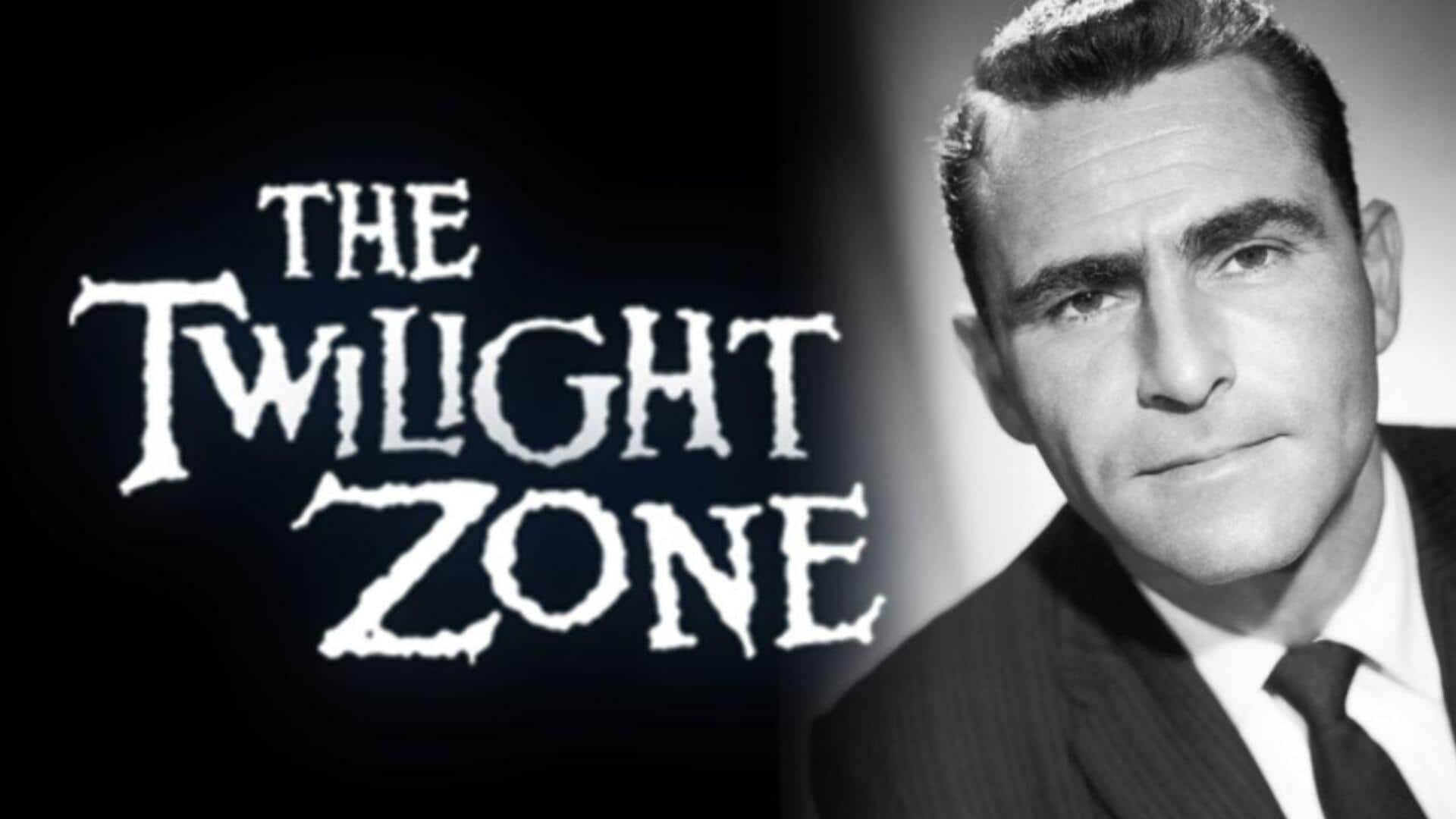
Secrets of 'The Twilight Zone' that made it legendary
What's the story
If there's one classic television series that has intrigued audiences with its unique storytelling and unexpected twists, it is definitely The Twilight Zone. While many fans are aware of its iconic episodes, there are a few lesser-known quirks that will surprise even the most dedicated enthusiasts. Here's a look at the hidden gems that give a deeper understanding of the show's production and creative process.
#1
Rod Serling's unique writing process
Rod Serling, the genius behind The Twilight Zone, had a peculiar writing ritual. He preferred scripting late at night, a time when there are fewer distractions. This allowed him to explore the depths of his mind, giving birth to eerie, thought-provoking stories. His dedication to these nocturnal hours resulted in some of television's most unforgettable episodes.
#2
The influence of real-world events
Many episodes of The Twilight Zone were inspired by real-life events and social problems of the era. Serling employed the medium of science fiction as a prism to examine things like prejudice, war, and technology's dehumanizing effect. By weaving these elements into fantastical stories, he could speak about modern issues without really saying it outright. This way, he made viewers introspect about their own world through allegorical tales of each episode.
#3
Uncredited contributions from famous writers
Several famous writers contributed uncredited work to The Twilight Zone, adding depth and variety to its storytelling. Notable authors like Ray Bradbury and Richard Matheson provided ideas or scripts that enriched the series's narrative landscape. These collaborations brought diverse perspectives into play, enhancing the show's ability to captivate audiences with fresh concepts while maintaining a cohesive thematic core throughout its run.
#4
Innovative special effects techniques
Despite budget constraints typical for television productions at the time, The Twilight Zone used innovative special effects techniques that made it visually stunning. The use of practical effects like miniatures and creative camera angles helped create convincing otherworldly settings without heavily relying on expensive technology or resources unavailable during filming periods back then. This ingenuity behind the scenes contributed significantly to making each episode visually compelling despite limitations faced by production teams involved therein.